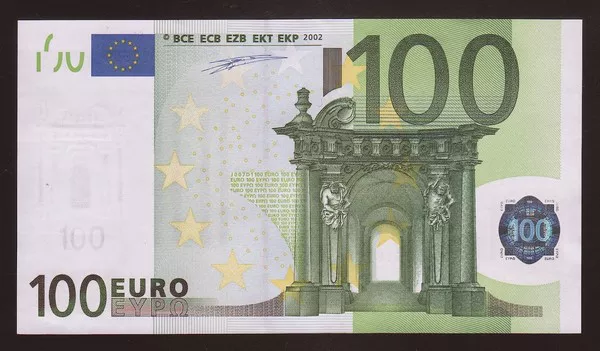In the realm of international finance, currency exchange rates play a pivotal role in determining the value of transactions across borders. For individuals or businesses dealing with currencies like the Euro and the British Pound, fluctuations in exchange rates can have significant implications on their financial decisions. In this article, we delve into the intricacies of converting 7000 Euros to Pounds, exploring the current exchange rate, conversion calculations, factors influencing exchange rates, forecast and trends, financial advice, legal and tax implications, economic indicators, and the global market impact.
Current Exchange Rate:
As of the latest update, the exchange rate between the Euro (EUR) and the British Pound (GBP) stands at approximately 0.84 GBP per 1 EUR. This means that for every 1 Euro, one would receive approximately 0.84 British Pounds in return. However, it’s crucial to note that exchange rates are dynamic and subject to constant fluctuations due to various factors in the global economy.
Conversion Calculation:
To calculate how much 7000 Euros is in Pounds, one would multiply the amount of Euros by the current exchange rate. Using the aforementioned exchange rate of 0.84 GBP per 1 EUR:
7000 EUR * 0.84 GBP/EUR = 5880 GBP
Therefore, 7000 Euros would be equivalent to approximately 5880 British Pounds.
See Also: 76 Euros in Pounds
Factors Influencing Exchange Rates:
Exchange rates are influenced by a myriad of factors, including but not limited to:
Interest Rates: Disparities in interest rates between countries can lead to fluctuations in exchange rates as investors seek higher returns.
Economic Performance: Strong economic indicators such as GDP growth, employment rates, and inflation can bolster a currency’s value.
Political Stability: Political uncertainty or instability can undermine confidence in a currency, leading to depreciation.
Market Sentiment: Speculative trading and market sentiment can cause short-term fluctuations in exchange rates.
Trade Balances: A country’s trade balance, i.e., the difference between exports and imports, can impact its currency’s strength.
Forecast and Trends:
Forecasting exchange rate movements is a challenging task due to the multitude of variables involved. However, analysts often use a combination of technical analysis, economic indicators, and geopolitical factors to make predictions. In the case of the Euro and Pound, future exchange rate trends may be influenced by Brexit developments, economic recovery post-pandemic, central bank policies, and global trade dynamics.
Financial Advice:
For individuals or businesses involved in currency exchange, it’s essential to consider the following financial advice:
Monitor Exchange Rates: Stay informed about exchange rate movements to capitalize on favorable rates.
Diversify Currency Exposure: Spread currency holdings across different currencies to mitigate risk.
Use Hedging Instruments: Utilize hedging instruments such as forward contracts or options to protect against adverse exchange rate movements.
Seek Professional Advice: Consult with financial experts or currency specialists to devise effective currency management strategies.
See Also: 80 Euros in Pounds
Legal and Tax Implications:
Currency exchange transactions may have legal and tax implications depending on the jurisdiction and the nature of the transaction. It’s advisable to seek legal and tax advice to ensure compliance with regulations and optimize tax efficiency.
Economic Indicators:
Key economic indicators that can impact exchange rates include:
GDP Growth: Robust economic growth is often associated with a stronger currency.
Inflation Rates: Low inflation rates tend to support a currency’s value.
Unemployment Rates: Low unemployment rates signify a healthy economy, which can bolster a currency.
Interest Rates: Central bank policies regarding interest rates can influence currency value.
Global Market Impact:
Exchange rate movements have far-reaching implications beyond individual currencies. They can affect international trade, investment flows, tourism, and geopolitical dynamics. For instance, a depreciating Pound may make British exports more competitive but could also lead to higher import costs for consumers.
Conclusion:
In conclusion, understanding the value of 7000 Euros in Pounds requires a comprehensive analysis of exchange rates, economic indicators, and market dynamics. While the current exchange rate provides a snapshot of the value, factors such as economic performance, political stability, and global events exert significant influence on exchange rate movements. By staying informed, seeking professional advice, and adopting prudent financial strategies, individuals and businesses can navigate currency exchange with confidence in an ever-evolving global landscape.
Related Topics:


























